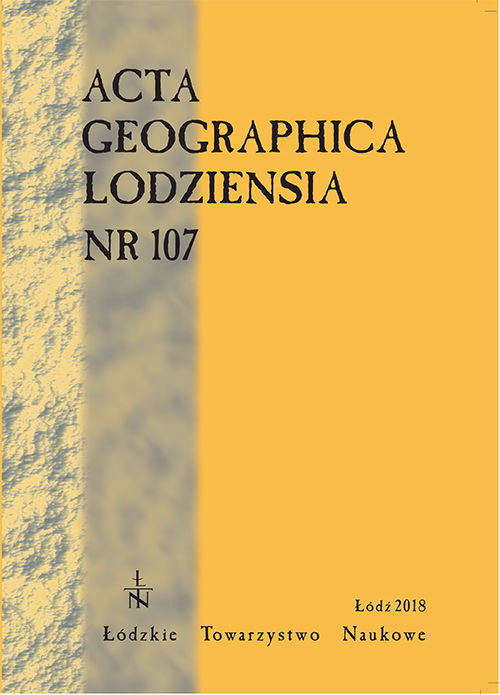Starsze fazy osadnictwa na wielokulturowym, wydmowym stanowisku Miasteczko Śląskie 2 na tle uwarunkowań środowiska i kierunków rozwoju lokalnej gospodarki (Obniżenie Małej Panwi)
The older settlement phases at the Miasteczko Śląskie 2 multicultural site on a dune compared against environmental conditions and directions of local economic development (Mała Panew River Depression)
Author(s): Eugeniusz Foltyn, Jan M. Waga, Maria Fajer, Tadeusz Magiera, Adam Michczyński, Leszek ChróstSubject(s): Regional Geography, Environmental Geography
Published by: Łódzkie Towarzystwo Naukowe
Keywords: dune-peat bog complex; economy; geochemistry; Mezolith; Neolith; Middle Ages
Summary/Abstract: The study was conducted at the Miasteczko Śląskie 2 archaeological site, which is situated on a dune. The archaeological and geological work performed there uncovered traces of human presence from the Middle Stone Age, the period of Roman influence, the Middle Ages and – in charcoal levels of neighbouring peat bogs – from the Neolithic period. The Miasteczko Śląskie 2 site presumably belonged to a peripheral zone of a larger camp of multiple parts, or was perhaps a place where a group of Mesolithic huntergatherer-fishermen stayed for a short time. On the basis of its technological and typological characteristics, the inventory may be conditionally attributed to the Duvensee complex or the Komornica culture. The studies conducted indicate that the Mesolithic communities inhabiting the dune were hunter-gatherers who produced flint tools, and probably hunted birds and collecting mineral resources to make dyes. During the period of Roman influence and in the Middle Ages, pine wood and peat were sourced in the vicinity. Peat digging coincided with an intensification in mining and the development of metallurgy in the vicinity of the modern-day city of Tarnowskie Góry, which resulted in an increase in demand for wood and charcoal. This activity was also reflected in an increase in heavy-metal concentrations in nearby peat bogs.
Journal: Acta Geographica Lodziensia
- Issue Year: 2018
- Issue No: 107
- Page Range: 137-153
- Page Count: 17
- Language: Polish

